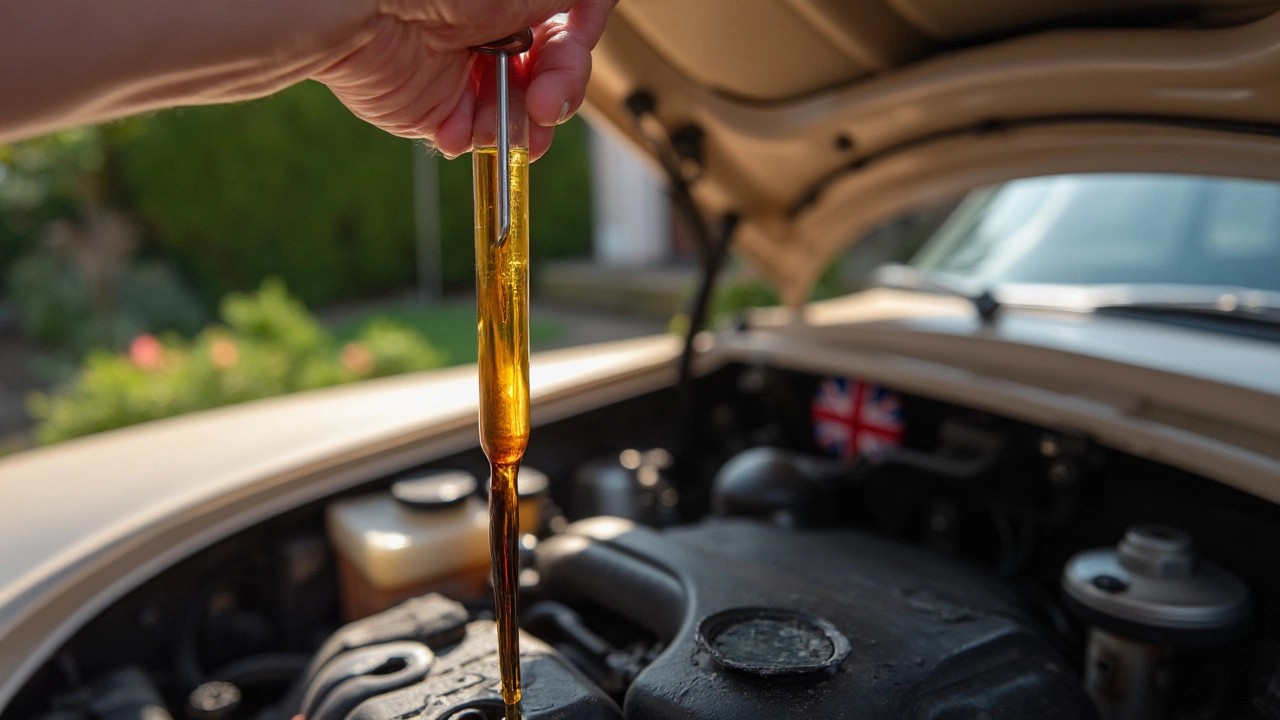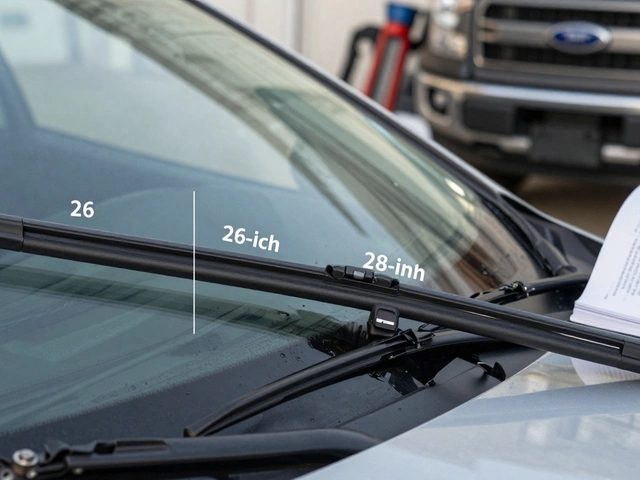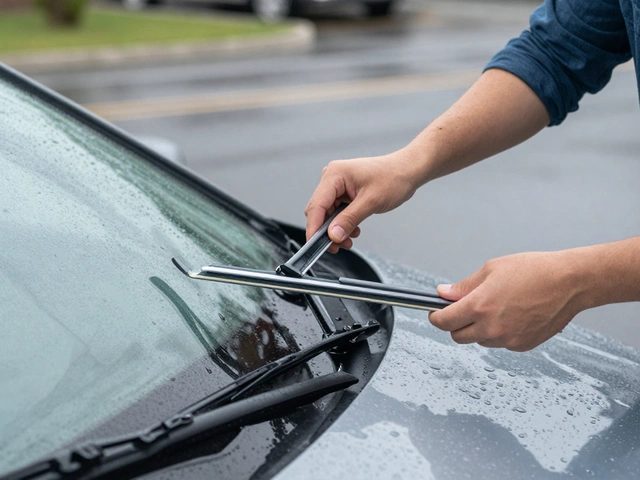Oil Health: Signs, Risks, and What You Need to Know
When we talk about oil health, the condition of engine oil as it circulates and protects your engine. Also known as engine oil condition, it’s not just about how much oil is in the engine—it’s about whether that oil is still doing its job. Bad oil doesn’t just get dirty. It breaks down, loses its ability to cool and lubricate, and turns into sludge that can wreck your engine. Skipping oil changes isn’t laziness—it’s gambling with your car’s life.
Oil health ties directly to engine oil level, the amount of oil in your engine at any given time. Too little? You’re running on dry. Too much? You’re risking seal damage and foaming. Then there’s oil change symptoms, the real-world signs your oil has lost its effectiveness: louder engine noise, warning lights, thick dark oil on the dipstick, or a smell like burnt toast. These aren’t guesses—they’re red flags your car is screaming at you. And if you keep driving past these signs, you’re heading straight into overdue oil change, the point where oil degradation causes measurable harm to internal engine parts. Studies show engines with neglected oil can lose up to 40% of their lifespan in under 10,000 miles.
It’s not just about changing oil on schedule. It’s about understanding how your driving habits affect oil health. Short trips in cold weather? Oil doesn’t get hot enough to burn off moisture. Highway driving? Oil stays cleaner longer. Diesel engines? They need different oil than petrol ones. Your car’s oil-life monitor might tell you when to change, but if you’re ignoring the dipstick, you’re missing half the picture. The oil you see on the stick tells you more than any dashboard light ever could.
What you’ll find below isn’t a list of generic tips. These are real stories from real drivers who ignored oil health until it was too late—and the ones who caught it early and saved themselves thousands. You’ll learn how to check your oil like a pro, spot the hidden signs of breakdown, and know exactly when to act before your engine starts knocking. This isn’t theory. It’s what happens when oil health fails—and how to make sure it doesn’t happen to you.





